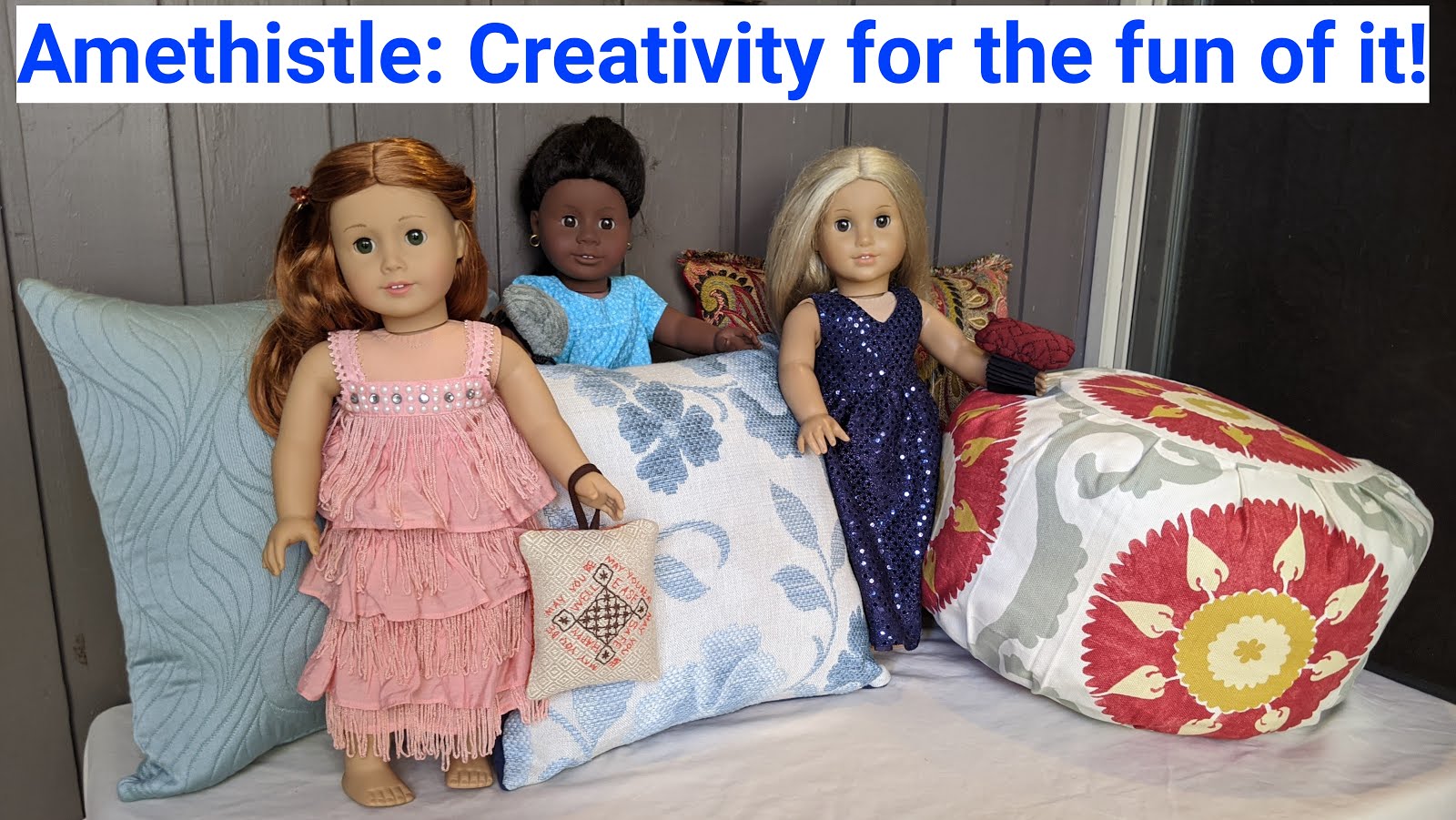It's always nice to have some lists handy of where to get stuff.
Dyes
- The key thing here: if you are doing tie-dye on cotton (or some other natural fibers), use Procion-MX dyes (several suppliers offer their own brands of Procion-MX dyes). Never never never use "all-purpose" dyes like RIT that are available in supermarkets and craft stores.
- In case you're wondering, I get all my dyes, chemicals, and most of my supplies (squeeze bottles, etc.) from Dharma Trading Company (Dharma is one of the main suppliers for professional textile crafts. They are in San Rafael, CA, so if you live in the San Francisco Bay Area, even standard shipping only takes a couple of days if you order from their website).
White Stuff
- I get most of my white stuff from Dharma. Those doggie shirts are soooo cute!
- Your local Goodwill store is a great place to get white things you can't find at Dharma. Who cares if there is a little stain on it?
- Watch stores like Target and Mervyn's for end-of-season sales on basics like white kids' shirts (turtlenecks, the latest beaded-neckline styles, and so on). Even if it's not on sale, there are often cheap white clothes available that will look great tie-dyed!
- IKEA is a great source for white stuff for the home, especially couches with slipcovers! It's a good place to get white sheets, too.
Books
Some of my favorite books on tie-dye:
- "Tie Dye To Die For & Batik You Can't Resist!" available from Dharma
- "Tie Dye, Back By Popular Demand" by Virginia Gleser available from Dharma or (sometimes) Harmony (she is the Harmony matriarch)
Videos/DVDs
Both of these DVDs are really useful and well worth getting.- "Learn How to Tie Dye: Complete 3 Volume Set" available from Dharma or Amazon
- "The Art of Tie-Dye"available from Dharma or Amazon














Oh wow I just love the furniture! I was pondering the possibility of tie-dying my two couches (that don't match...) and it gave me great hope to see yours! Now if I can just have the patience to try it myself.